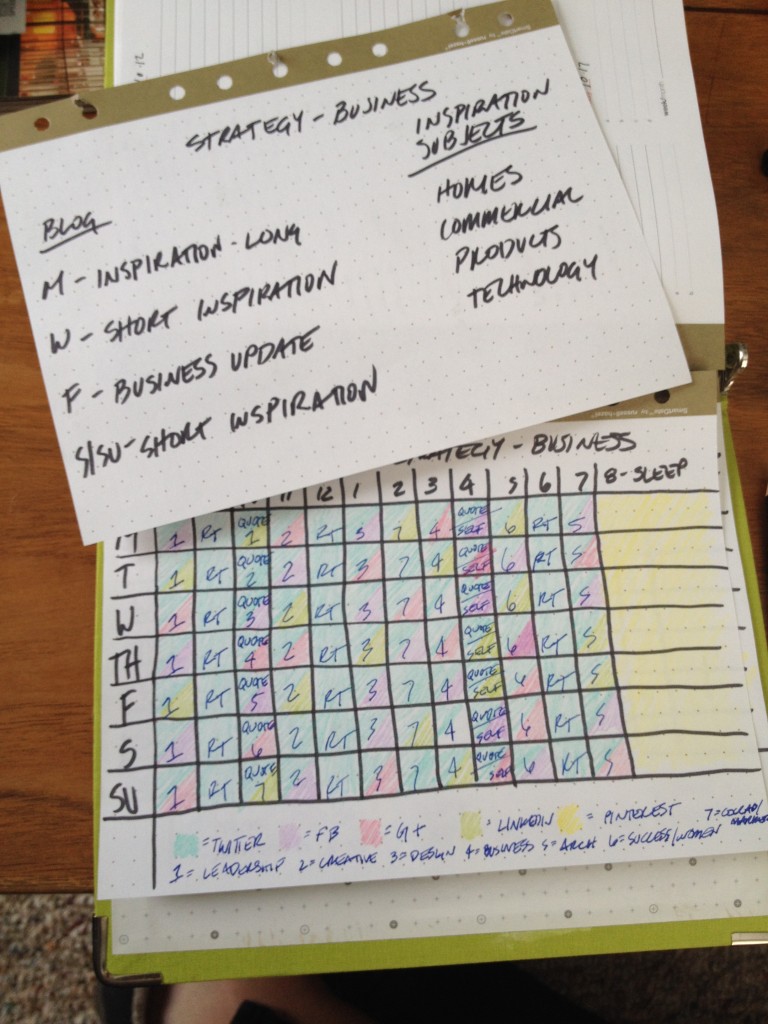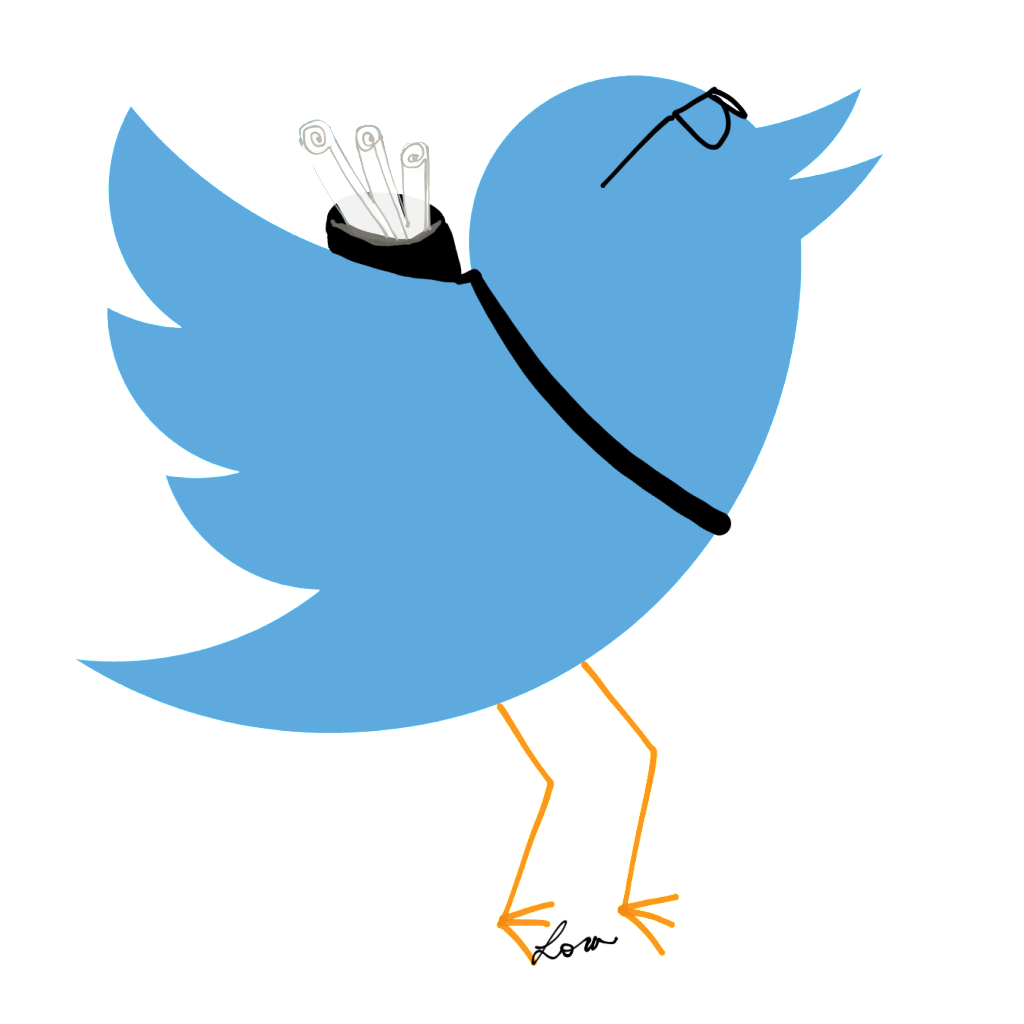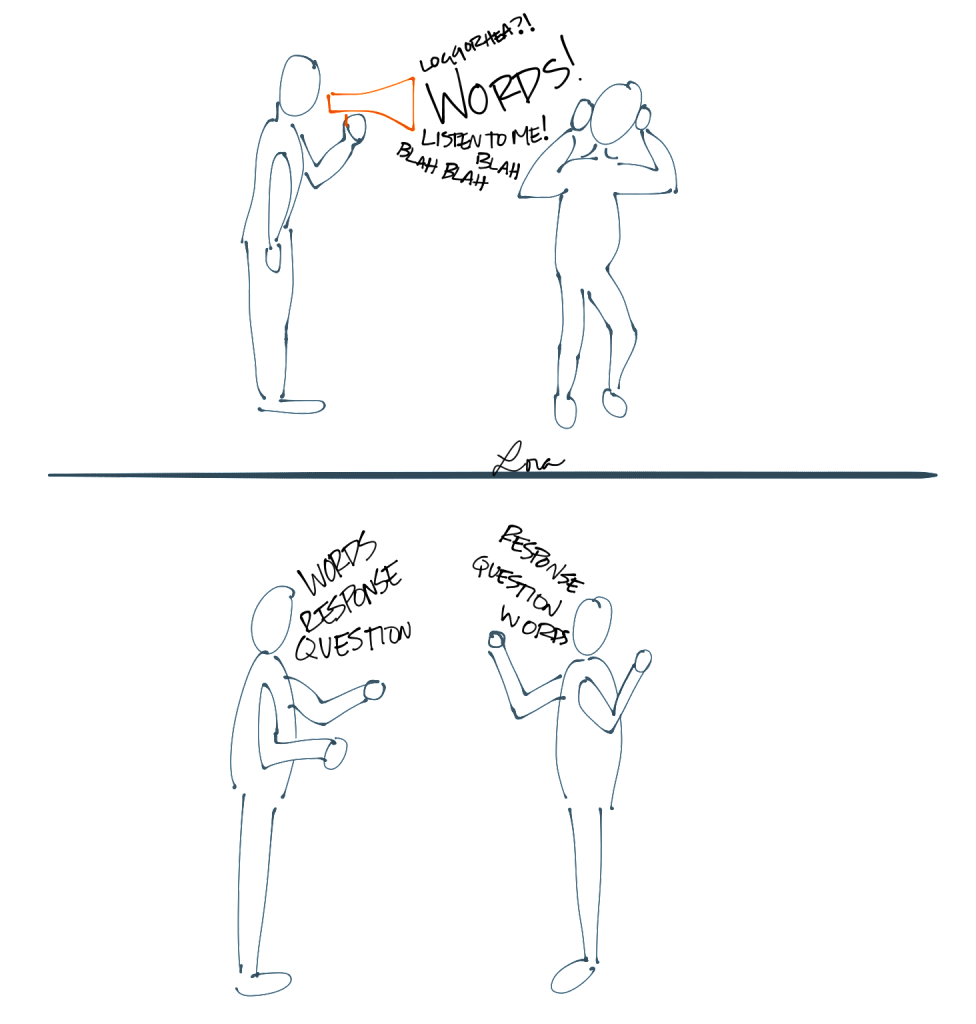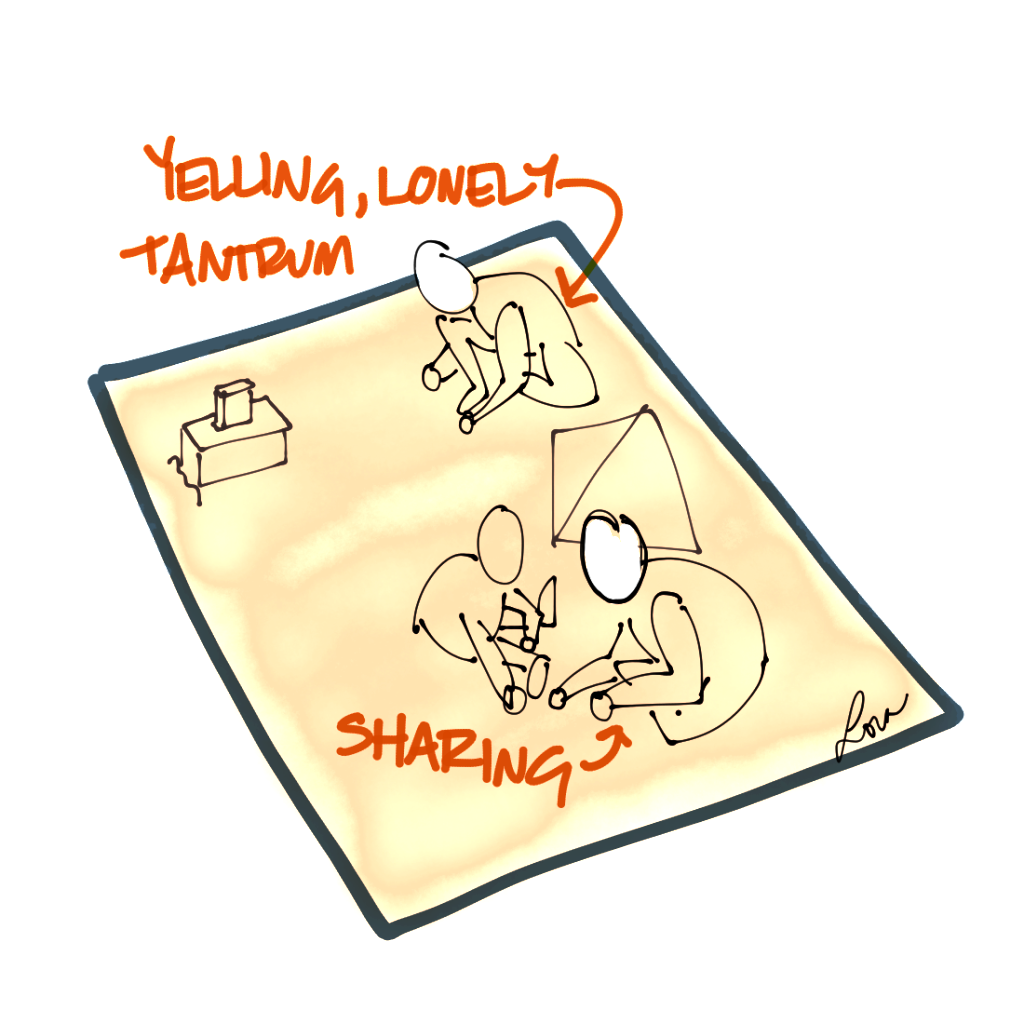Social Media Primer, pt 2: Twitter
Twitter. Tweeter. Tweetbox. Twittersphere. Whatever you choose to call it, Twitter is my main interaction space when it comes to social media platforms (though Instagram is a growing second). As I mentioned in the previous “background & why” post, when I decided to invest in Twitter two years ago (and social media as a whole), I had under 300 followers – most of whom were old friends from high school and college. Today I have 1,372, and beyond that I have new friends, mentors, and great industry contacts. In the rest of this blog I’ll share what I learned, my best practices for Twitter, and how you can use these lessons to make Twitter work for you.
Twitter Definitions shortcut
Like: similar to Facebook
RT: instantaneous reshare. You can either share without comment or share as a “quote” and comment.
Handle: A “username” with an “@” symbol in front of it. For instance I’m @L2DesignLLC
Follower/following: Like FB friends, but one way. You can choose to follow someone but they may not follow you back (more on that later, but this is OKAY). Following means you’ll see their updates in the home feed (& vice versa for those who follow you).
DM: A private message. This can only be done if the person you’re attempting to message follows you.
Lists: when you start following a lot of people, sometimes it’s worth “dialing in” or separating the people/brands into groups. This creates a mini-home feed of just those handles.
Following on Twitter
The first step, briefly mentioned in the second mentorship blog, is finding people providing valuable insight into your “why”. (If you don’t know what that is, I recommend starting here) For me, this initially meant an architecture-specific group: AIA-related handles and local/national architects. I wanted (still do) to learn as much as I could from them. So I watched what they talked about, what they shared, who they tweeted to or interacted with, and when they shared/published what. I also watched what hashtags they used. In watching these architects and firms, if I saw that they were consistently providing content valuable to me, I would follow them. This is an ongoing process, and as my interests grow/morph, so does who I “watch”.
Hashtag Primer
A hashtag (what was once simply the “pound sign”) is a smart code on twitter that creates a searchable link around a word or phrase. SEO even recognizes it now. You can check Twitter’s sidebar for trending hashtags, but I would recommend caution with cannibalizing a trending hashtag and trying to mash it into your brand just to get noticed. It rarely works well. I would, however, recommend using at least one (but no more than 3) hashtags per post on Twitter if you’re talking about an event or sharing an article. Clicking on that hashtag then brings up a list of tweets also using that exact tag. This allows you to follow along with a conversation, keep up with happenings at an event, or find similar articles/comments on a specific topic.
It’s worth re-iterating: I follow people who I FIND VALUE IN. I get a lot of people who follow me and in 24hrs they unfollow me because I haven’t followed them back (yes, I pay attention). Chances are, I checked out their Twitter stream and didn’t overlap much with content they were sharing. Or I was swamped and didn’t check, but they made the choice easy on me. I’m not looking for spam followers to boost my numbers and while I can weed through who I follow with lists, I still won’t follow back just to up my count. I am deliberate in who I follow because I want someone else to be able to find value in that list if and when they go looking for good people to follow in the future. I also want to know that the follower is investing in the topic and finds value in me beyond a number. Call me human…
Personal Interaction on Twitter
Now that I had a handle on people who were good providing good content, I started interacting with them. I would like or RT info I found valuable, ask them questions in effort to learn about this or that, and join in conversations. Early on, I was mostly asking questions – a lot of them, actually. That’s part of my “why”: to keep learning and growing. If I saw something shared by someone that I didn’t understand, I would ask them to explain.
Sidenote on replying to tweets: In the native Twitter platform (IE not HootSuite, Buffer, etc – you can learn about those in the next post), a reply tweet will not show in the home feed. If you’re interacting with a variety of architects, there’s a chance that one might answer your question posed to another – but they have to be able to see that. So it’s always wise to start your message with “Hey @…”. If you’re in a character crunch, simply putting a period before the handle will make sure it’s not coded as a direct reply.
It takes time to become comfortable online though it tends to take less time than in person, which is why some people find it easier to interact online. Twitter is a good icebreaker in this scenario. Growing those relationships digitally gives you a starting point if you meet them in person, which is why the TweetUp at AIA National Convention is always so much fun. As you grow and become comfortable with the platform, you’ll find it’s easier to share value. Word to the wise: value means sharing knowledge in a respectful way, not spamming a follower or a conversation with links to your own soapbox speeches. It means being authentic and treating these fellow architweeps like friends, not someone to sell something to. It means congratulating them on life milestones, engaging in their questions if you think you can help, and sometimes just saying hi. Now let’s cover what to share outside of your Friday jokes and friendly conversations…
Sharing articles or content on Twitter
When I initially decided to jump into Twitter, I read a variety of articles about how to best share knowledge not necessarily by me but interesting to me nonetheless. As I’ve mentioned before, sharing your interests helps round out your online personality (which should be the same as your real one) and can help align you with similarly-minded people. As an architect, I decided to focus on leadership, creativity, architecture, social media and technology, business and entrepreneurship, and equity. All of those subjects play into my why and help me grow, so it only makes sense that if I found an article that taught me something, I would also share it with my peers.
I had also read from various social media marketing sources that you can post up to 1x an hour to help maintain an active account, but you should not be sharing articles with any higher frequency. Certain subjects also play to better times of day. With all of these tips in mind, I started sketching out what a social media calendar would look like for me (remember: this was two years ago)

I don’t invest into Google + as much anymore, mostly because I’m waiting for Google to decide what they want to do with it themselves. But I do try to hit these subjects on twitter still to this day. I also don’t post on Sundays and rarely on Saturdays. There are many other things to work on and that side of business doesn’t get as much traction on the weekends = my time is better spent elsewhere. That comes back to knowing your why and your audience. It does you no good to talk to an empty room.
Obviously I’m not on Twitter every hour posting a new article or thought. This is where a scheduling and social media management system comes into play. My preferred platforms for this are HootSuite and Feedly. I will discuss them in detail next week.
Sharing your content on Twitter
Now let’s talk about YOUR content. Outside of interacting, you might find yourself becoming comfortable with writing out thoughts on a subject to share with your peers in blog form, making youtube videos, or any other myriad of ways to share information. When I post original content (like this) I share it in 3 hour increments via Twitter. It’s far enough spread apart that it doesn’t become annoyingly repetitive for active users, but frequent enough that if a person is rarely on Twitter through the day, they’re still apt to come across it.
An important thing to note: You still need to pay attention to the 80/20 rule. This gets back to not standing on your soapbox, but the general rule of thumb is that you should be sharing content from OTHER people you respect and content that your followers will find value in 80% of the time. This percentage can be higher when you’re just starting out because you probably have less to say individually and you haven’t built up a rapport for others to understand the value you personally bring. The other 20% of the time is YOUR content: blogs, podcasts, videos, sketches, whatever. Don’t drown the people in you, no one likes that. And it’s much easier to “walk away” online and lose peers, which is the opposite of what you’re probably trying to do. (Gary Vaynerchuk describes this well in Jab, Jab, Right Hook)
Moral of the Twitter story: make friends, play nice in the sandbox, and don’t get shouty. Check back in next week to learn how to get time back through the wonderful magic of scheduling and curating content.
Until next time,







